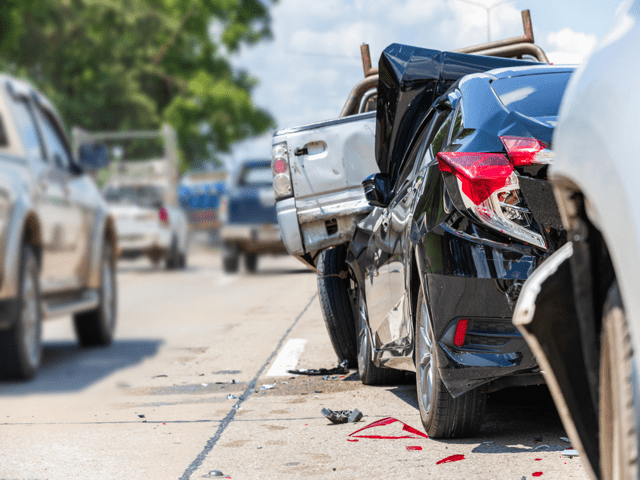I. Introduction
Navigating the maze of automobile accident laws? Among the plethora of legal principles, the Rear-End Doctrine stands out prominently. Widely recognized, this doctrine shapes our understanding of fault determination when a vehicle rear-ends another. By delving into its crux, exceptions, and its real-world implications, this article will offer readers a comprehensive overview of rear-end collisions.

II. Understanding the Rear-End Collision Doctrine
At the heart of many personal injury claims, the Rear-End Doctrine is a linchpin legal principle. In essence, it:
- Presumes Negligence: The driver of the trailing vehicle is generally presumed at fault. This assumption is rooted in the idea that it's the following driver's responsibility to maintain a safe distance and exhibit caution, thereby preventing any collision with the car in front.
- Shifts the Burden: Notably, when a rear-end accident occurs, the rear driver is presumed to be at fault; however, that driver can over come the presumption of fault by presenting evidence negating their supposed negligence.
III. When the Rear-End Doctrine Takes a Backseat
While the Rear-End Doctrine is prevalent, it doesn't blanket every scenario. Several exceptions can change the presumption of fault. Examples include:
- Abrupt Stops: When the leading driver halts abruptly without signaling or adequate warning.
- Reckless Driving: The front driver's risky behavior directly contributes to the crash.
- Hazardous Conditions: Poor visibility, slippery roads, or road debris disrupt the trailing driver's ability to brake timely.
- Vehicle Malfunctions: Unexpected mechanical issues hinder the rear driver's capacity to halt.
IV. Rear-End Collisions by the Numbers
With rear-end collisions making headlines, it's essential to understand their frequency and implications:
- Prevalence: As per the National Highway Traffic Safety Administration (NHTSA), approximately 1,457,155 rear-end collisions occurred in 2020 alone.
- Dominance: Representing 27.8% of all crashes, rear-end collisions hold the dubious honor of being the most common type of crash.
- Speed Factors: Contrary to popular belief, a minuscule 3% of these collisions take place at speeds of 25mph or below.
V. Conclusion
In Missouri, rear end collisions are among the most common reason for injury crashes. If you have been in an accident, contact the Missouri personal injury law firm of Aaron Sachs & Associates to protect your rights. It is important to understand the Rear-End doctrine and its exceptions, and get the representation and compensation that you deserve.

